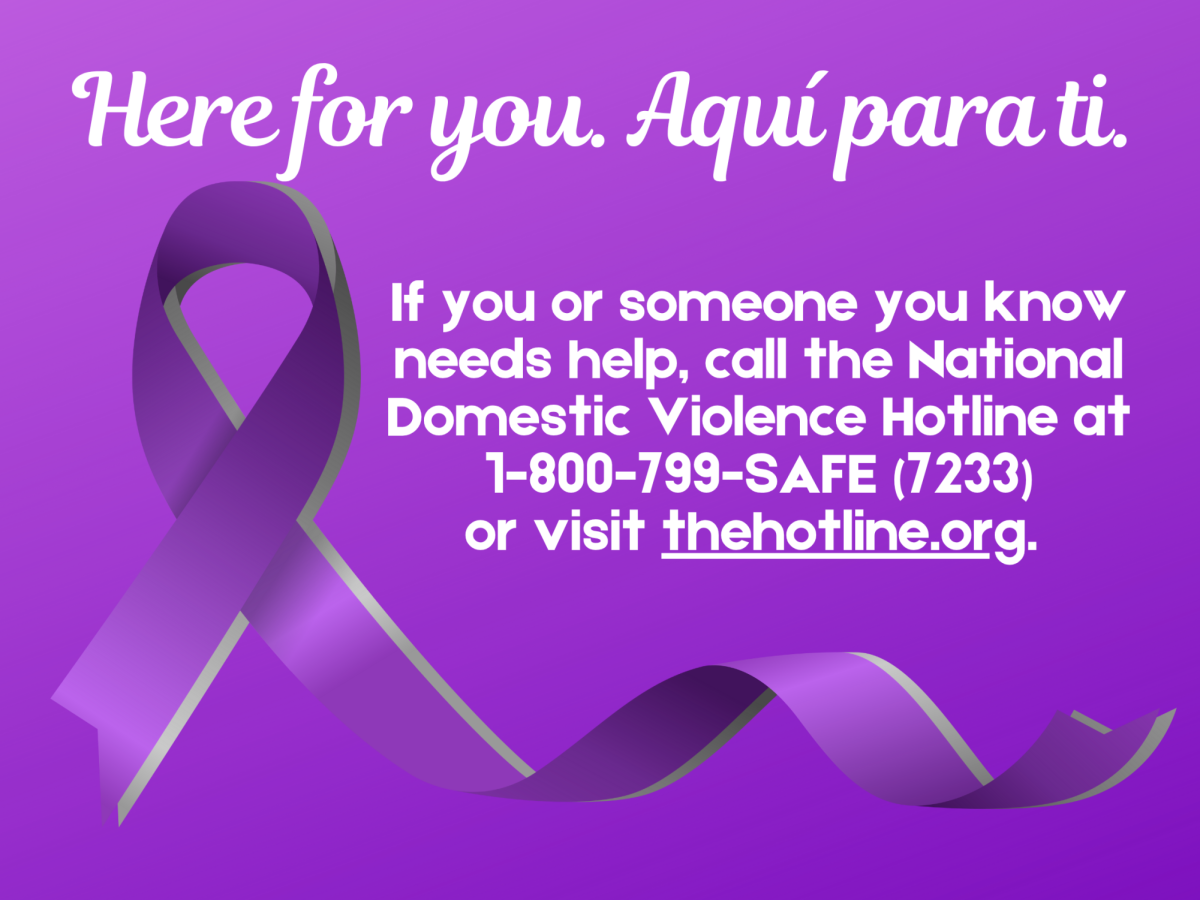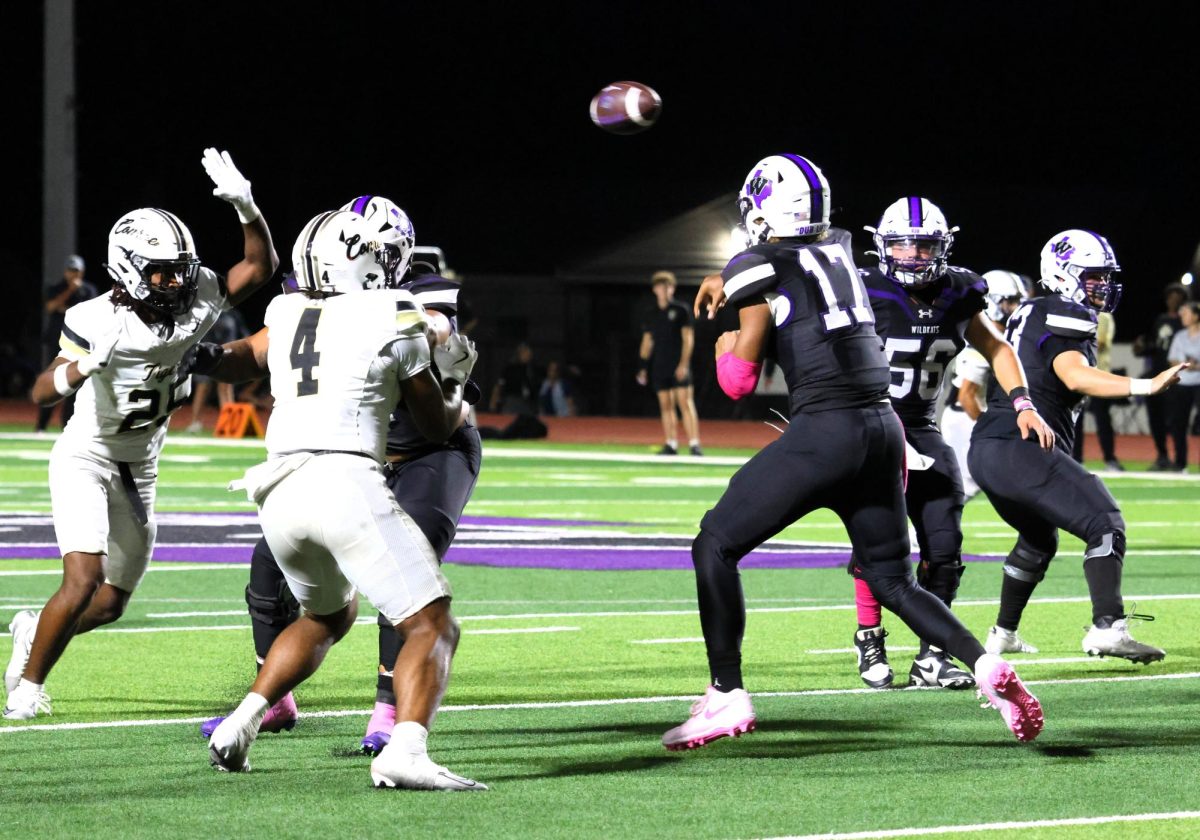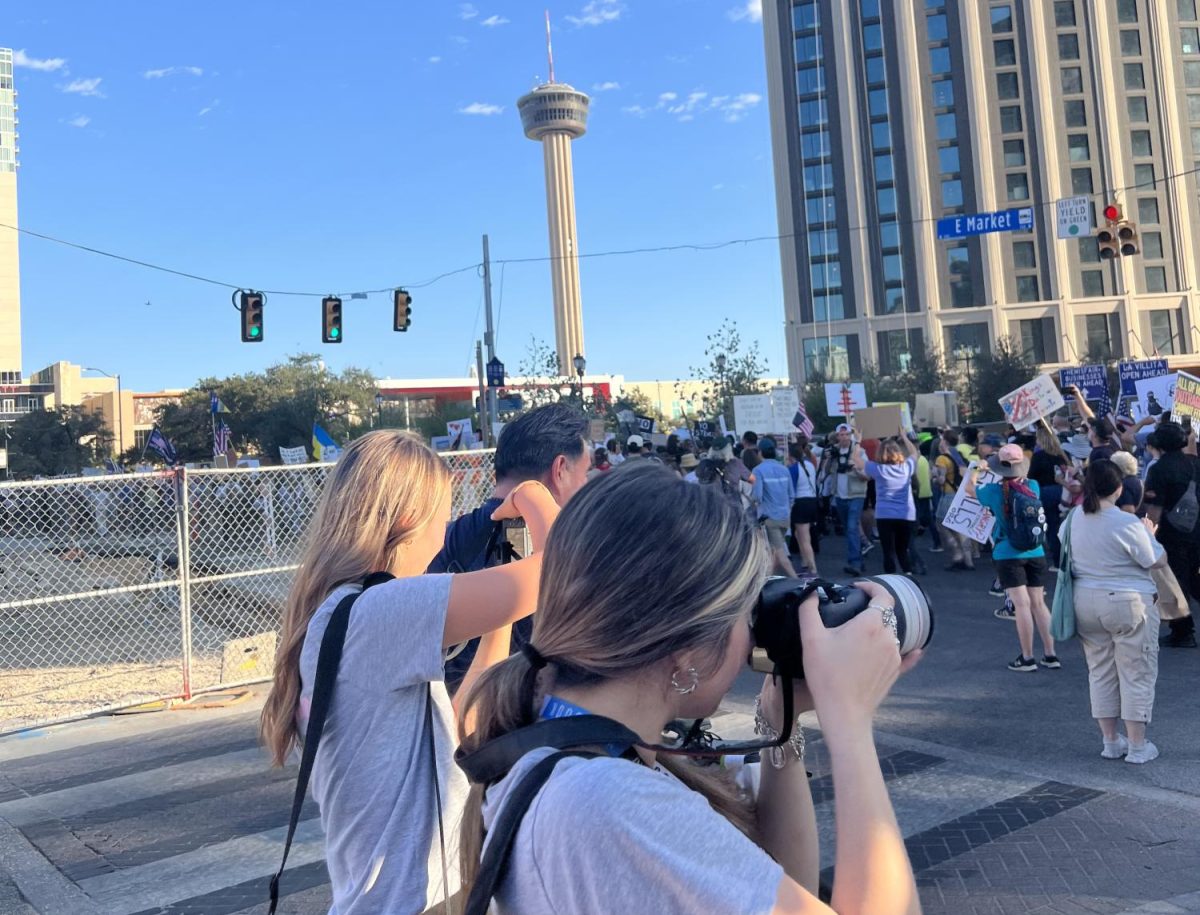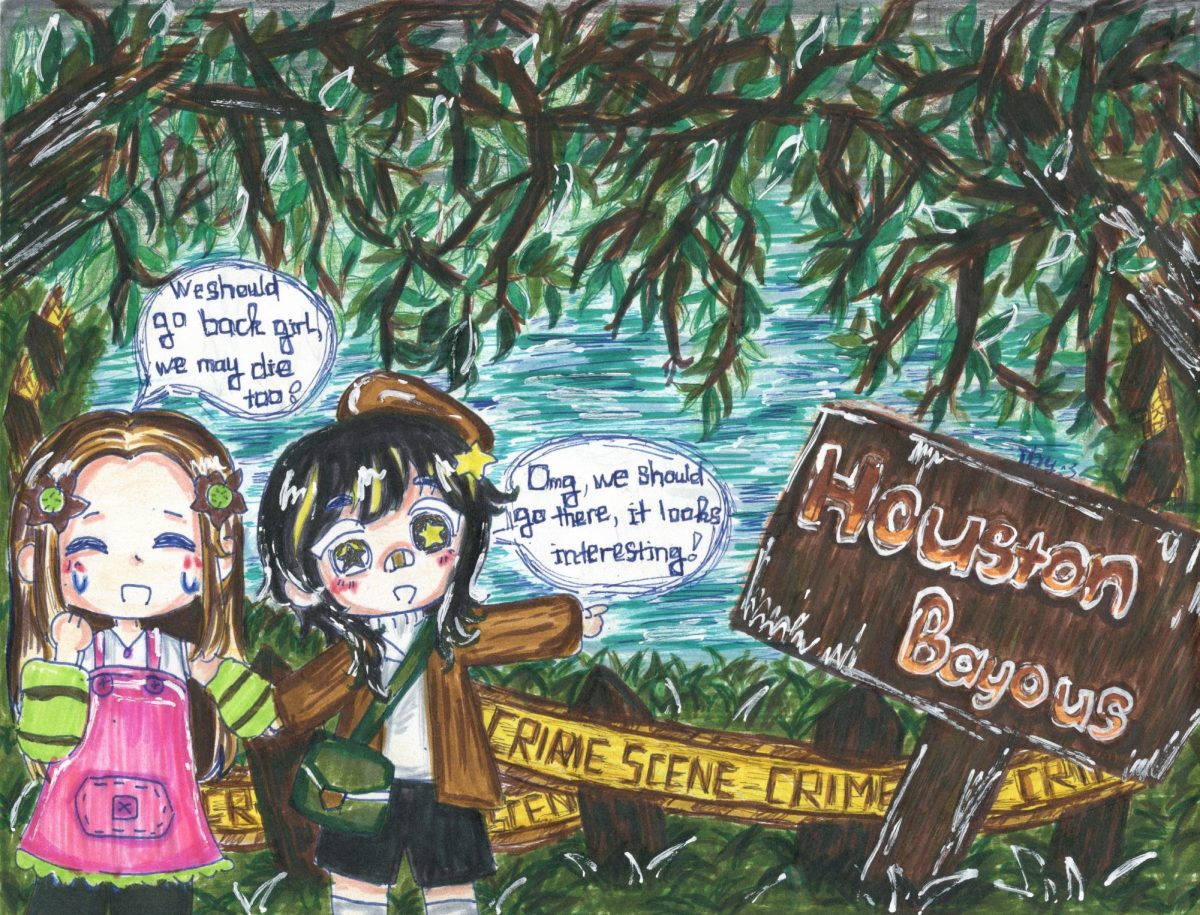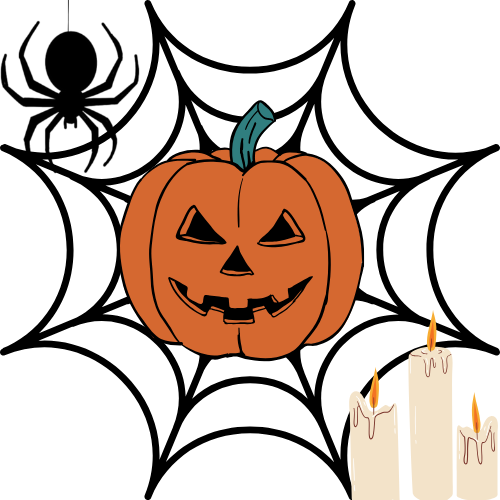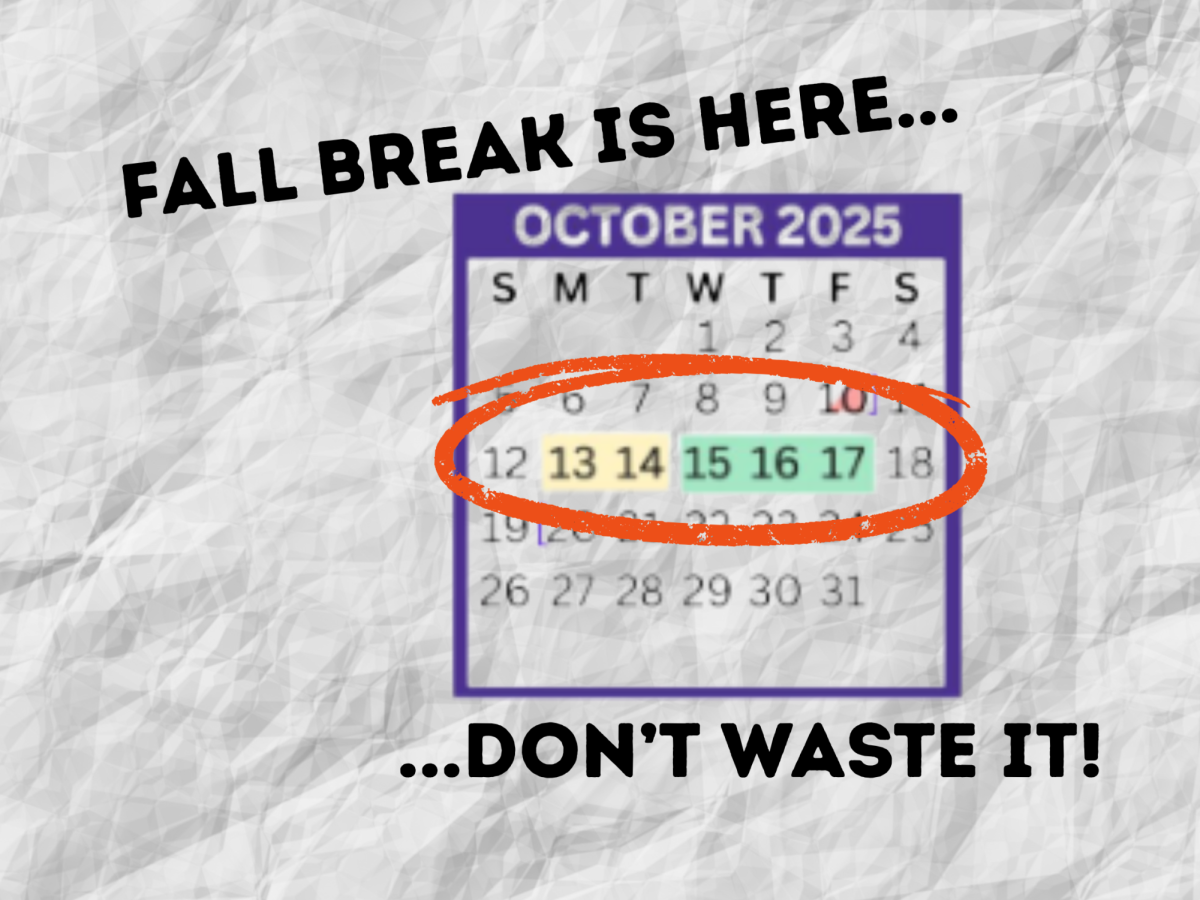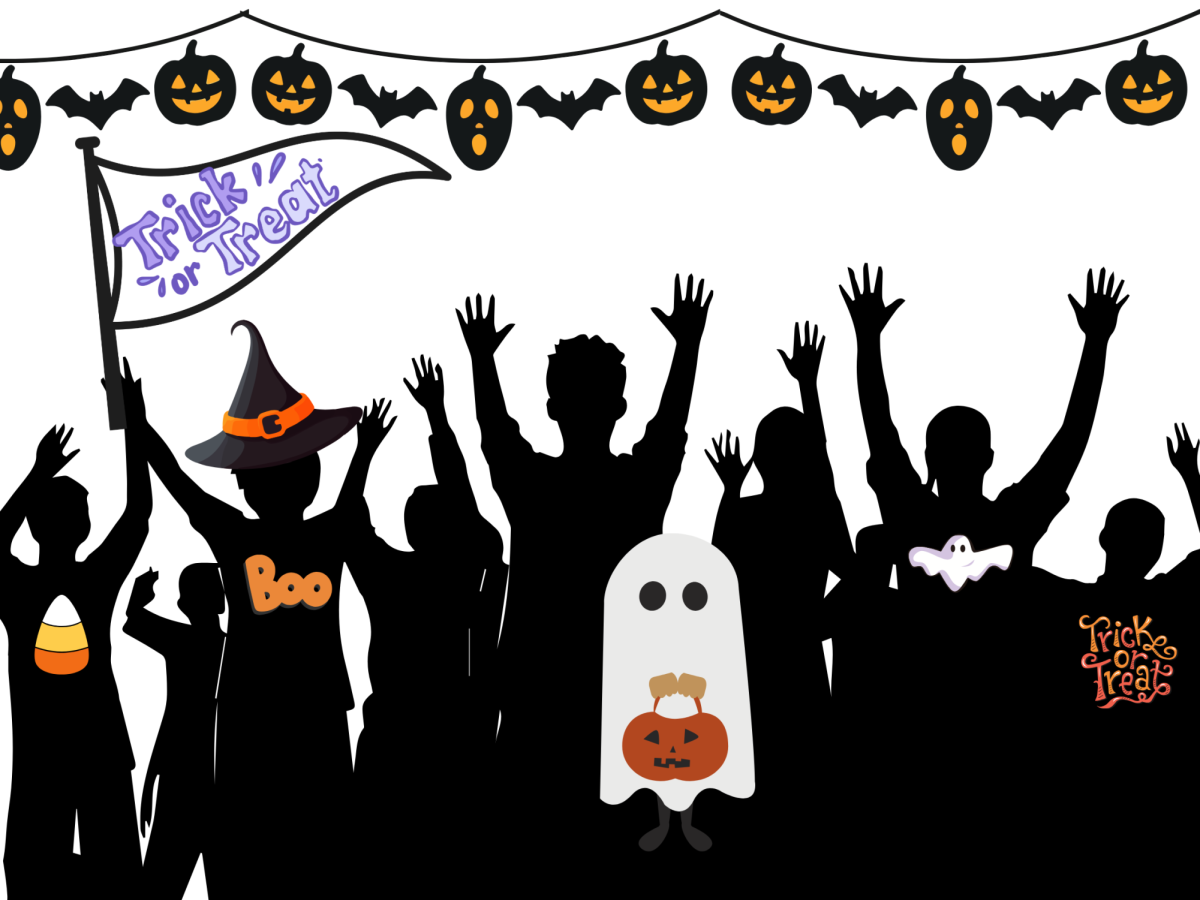The house looks quiet from the outside, the kind of place where laughter should live, where kids should run through the halls, and the smell of dinner fills the air. But behind closed doors, the silence isn’t peaceful. It’s heavy because it’s the silence of fear.
Every October, purple ribbons wrap around the wrists of those who stand with survivors. Domestic Violence Awareness Month is more than a campaign; it’s a lifeline. A reminder that abuse hides in plain sight, and that survival doesn’t always look like freedom. Sometimes, it looks like getting through the day.
People often say, “Why didn’t you just leave?” But what they don’t understand is that leaving isn’t simple. Sometimes, it’s the most dangerous thing a victim can do.
According to the National Domestic Violence Hotline, more than 1 in 3 women and 1 in 4 men in the United States experience physical, sexual, or emotional abuse from an intimate partner in their lifetime. But those numbers don’t show the fear that follows someone home, the sound of footsteps behind them, the dread that lingers in their sleep, the worry that leaving might only make things worse.
For some, staying means survival. Some stay to keep their children safe, believing that a broken home is worse than a bruised body. Some stay because they can’t afford to leave, no savings, no car, no place to go. Others stay because their partner has convinced them that no one will believe them. And for many, leaving doesn’t mean it’s over. It means living every day, wondering if the next knock at the door will bring the past back.
“People think abuse only looks like bruises,” one advocate from the National Network to End Domestic Violence said. “But it’s also control, over money, over movement, over who you talk to or where you go. It’s being made to feel small, worthless, dependent.” Abusers often strip away everything: confidence, friendships, financial stability, and hope. It’s a trap built not from chains, but from fear and manipulation. By the time someone realizes they’re in danger, they may have nowhere to turn.
And it’s not just women who suffer. While domestic violence mostly impacts women, men are victims too, often quietly. The CDC reports that 1 in 7 men have experienced severe physical violence by a partner. Yet many don’t speak up out of fear of ridicule or disbelief. Society teaches men to be strong, not scared. But abuse doesn’t care about gender; it breaks anyone it touches.
Even after escaping, the trauma doesn’t just vanish. Survivors often carry invisible wounds. They may flinch at loud voices, struggle to trust again, or wake up from nightmares replaying what they tried so hard to survive. Children who witness abuse grow up carrying scars they can’t explain. Studies show that kids exposed to domestic violence face higher risks of anxiety, depression, and behavioral struggles.
But in the middle of all the pain, there is hope. There are safe houses. Some hotlines answer calls in the darkest hours. Some people will listen without judgment. Some survivors find strength in their voices and courage in their healing. Behind every survivor lies a story of resilience, quiet bravery, and someone who refused to be silenced forever. And while the scars may fade, the strength it takes to keep living lasts forever.
If you or someone you know needs help, call the National Domestic Violence Hotline at 1-800-799-SAFE (7233) or visit thehotline.org. You are not alone. You are not weak. You deserve peace, and help is waiting.


